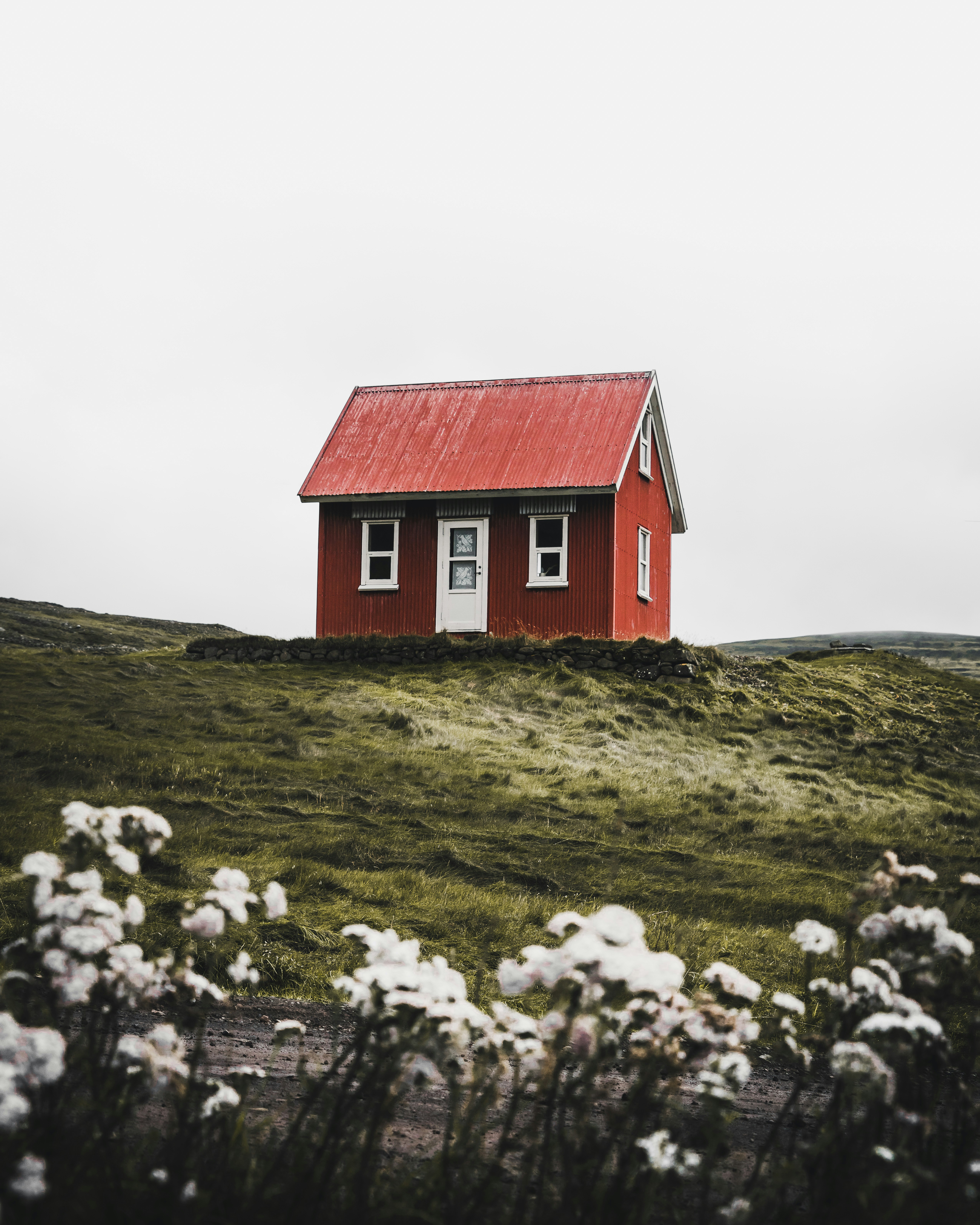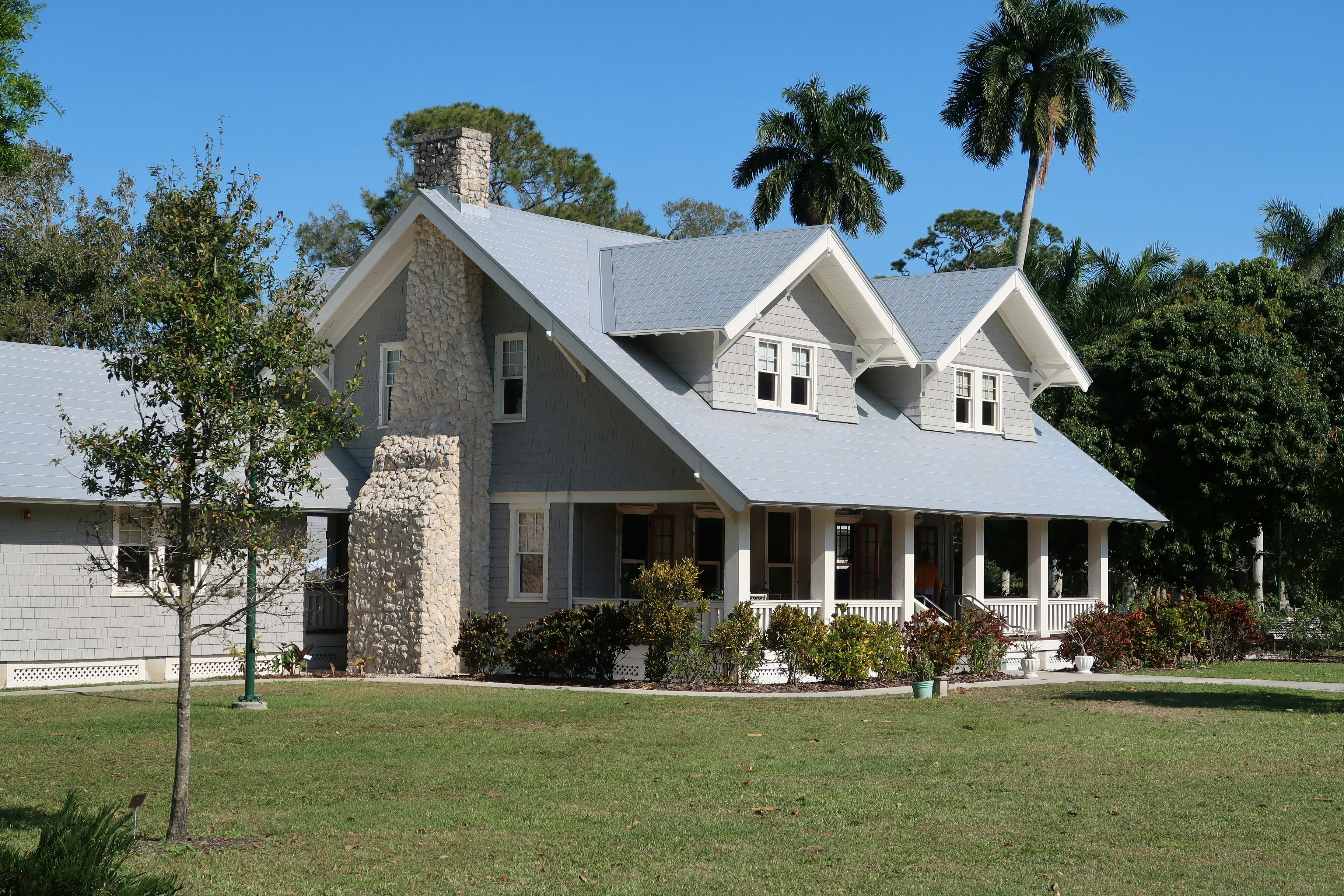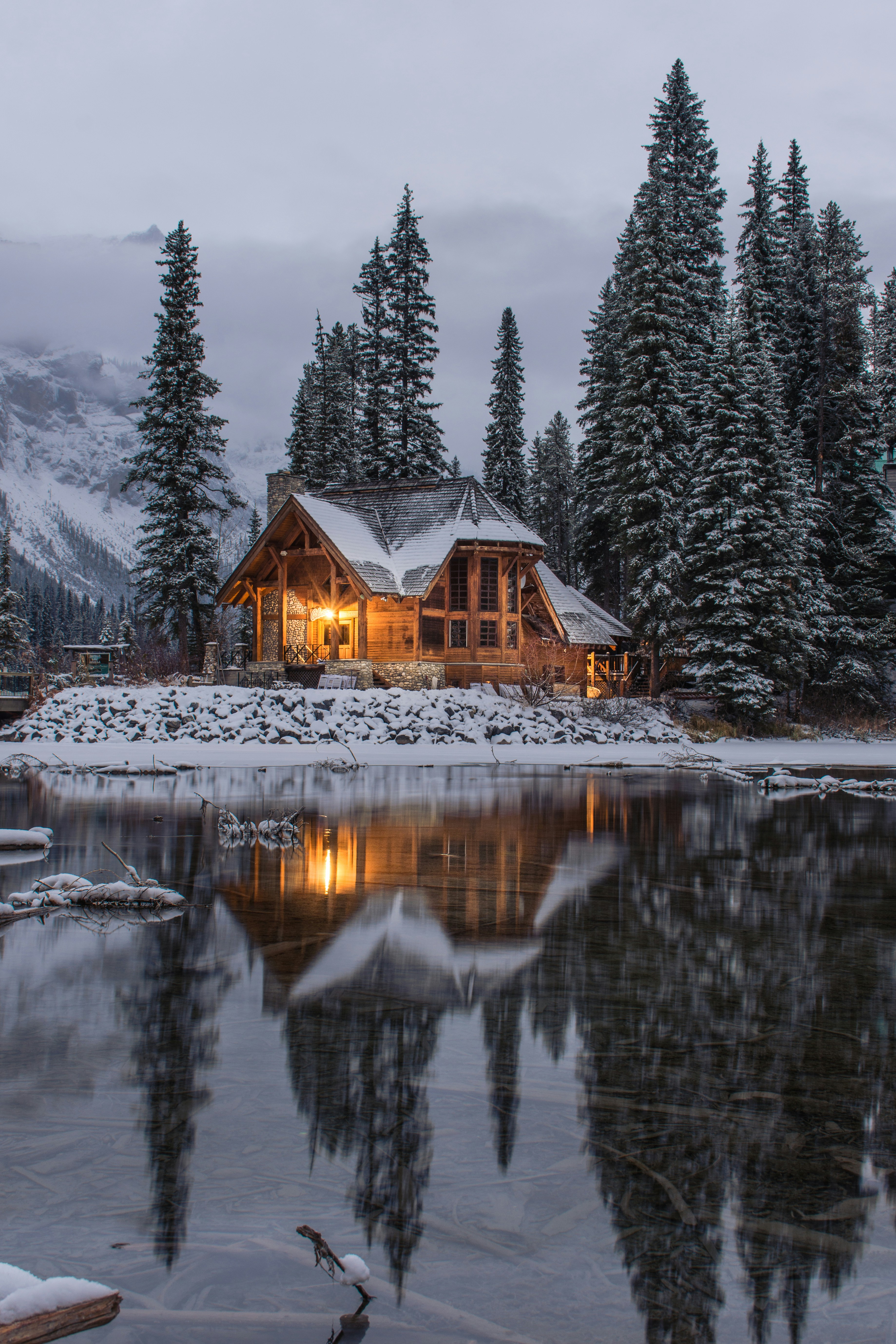
Off-Grid Living in Little Houses: A Comprehensive Guide
Off-grid living in a little house offers the ultimate freedom and self-sufficiency. It's an opportunity to reduce your environmental impact while embracing a simpler lifestyle. This guide will walk you through the essentials of off-grid living in a little house.
1. Energy Solutions
Generating your own power is crucial for off-grid living. Consider:
- Solar panels with battery storage
- Small wind turbines
- Micro-hydro systems if you have a water source
- Backup generators for emergencies
2. Water Management
Securing a reliable water source is essential:
- Rainwater collection systems
- Well water with a hand pump or solar-powered pump
- Greywater recycling for gardening
- Water filtration and purification systems
3. Waste Management
Proper waste management is crucial for off-grid living:
- Composting toilets
- Septic systems for blackwater
- Composting food waste for gardening
4. Heating and Cooling
Maintain comfort in your little house with:
- Passive solar design
- Wood stoves or pellet stoves
- Radiant floor heating powered by solar
- Natural ventilation and fans for cooling
5. Food Production
Grow your own food to increase self-sufficiency:
- Vegetable gardens
- Greenhouse or cold frames for year-round growing
- Vertical gardening to maximize space
- Rainwater harvesting for irrigation
6. Energy Efficiency
Maximize your energy use with:
- LED lighting
- Energy-efficient appliances
- Proper insulation
- Smart power management systems
Off-grid living in a little house requires careful planning and a commitment to sustainability. However, the rewards of independence, reduced environmental impact, and a closer connection to nature make it a fulfilling lifestyle choice for many.
Ready to explore off-grid little house options? Check out our off-grid listings to find your perfect self-sufficient home.


